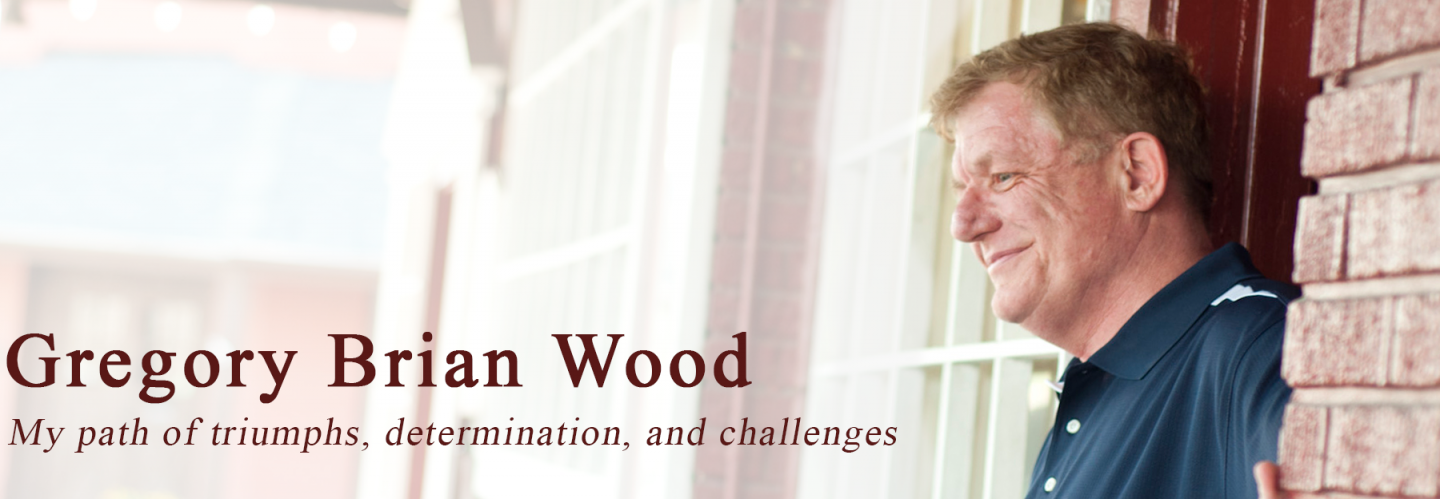By Peter Boger, M.A.
When most people come to counseling, the usual scenario is that there is a problem, like anxiety or depression, or relationship issues that the person is wanting to address. In the usual case the therapist will work with the person to look for ways to ‘improve’ whatever the presenting problem might be. In this article I will be talking about another way to think about what counseling is and what it can accomplish. Even though both are about ‘counseling’, you’ll see that one is very limited in terms of the outcome and the other is radically unlimited. This essay will be presenting the non-traditional approach so that you can compare for yourself and choose which approach feels right for you.
We are all born with a basic awareness or consciousness, but from the beginning we encounter a world with a set of basic beliefs that are virtually universal, and as we grow and develop in early childhood, we are taught this belief system in order to make sense of our experience. This begins in the family and soon adds school to the process. As naïve and trusting children we ‘swallow whole’ this early programming, never questioning or using critical thinking to examine the validity or truth of these beliefs. This programming becomes our cognitive map that we will use to navigate through life. Since we never question this map, if we encounter difficulties in getting to where we’re going, the assumption is that the problem is with us and not the map. Also by the time we reach the end of childhood and begin to go out into the world we longer even know that this map exists, we just operate on the assumption that ‘this is the way things are’ and proceed accordingly. Since our early life is mostly confined to fairly predictable and contained environments of family and school, our experience reinforces the perception that the basic structure of our thoughts and behavior ‘work’ and our identification with and attachment to this hidden ‘map’ gets ‘cemented’ in place.
Since the shared beliefs of our larger human environment, called ‘culture’ or ‘society’, go unquestioned, we experience a subtle but powerful pressure to conform in order to ‘fit in’ or belong. We also see that those who fail to do so are labeled ‘deviants’ and suffer very real and in some cases dire consequences. Again, this goes mostly unrecognized in the individual, who thinks they have ‘free will’ as opposed to the realization that they have become self-policing and operate within the acceptable boundaries of thinking and behavior.
Like a fish that is born in the ocean, the ocean where it lives becomes invisible until it gets caught in a net and pulled out of the water. Looking down it sees the ocean for the first time.
The ‘normal’ person, is also socialized to believe that the society or culture is healthy and functional and if they are experiencing distress or failure in some way the fault must lie with the individual. Conventional therapy also operates on this assumption, labeling the individual as a ‘patient’ who is being ‘treated’ for their ‘disorder’.
The alternative approach is to radically ‘flip the script’. In this alternative approach the assumption is that the individual is fundamentally healthy and sound and it is the culture or society that is dysfunctional, toxic and essentially designed to generate an almost infinite range and variety of problems for those human beings living within it. The problem lies not with the person somehow misreading the map, the problem is with the map itself.
This approach asks the seemingly impossible of the person seeking therapy. To become willing to stop and open their mind to the possibility that things are not what they seem.
In the next installment of this essay we will look at what determines whether a given individual coming to therapy will only tolerate the conventional approach to counseling or instead choose the alternative.
